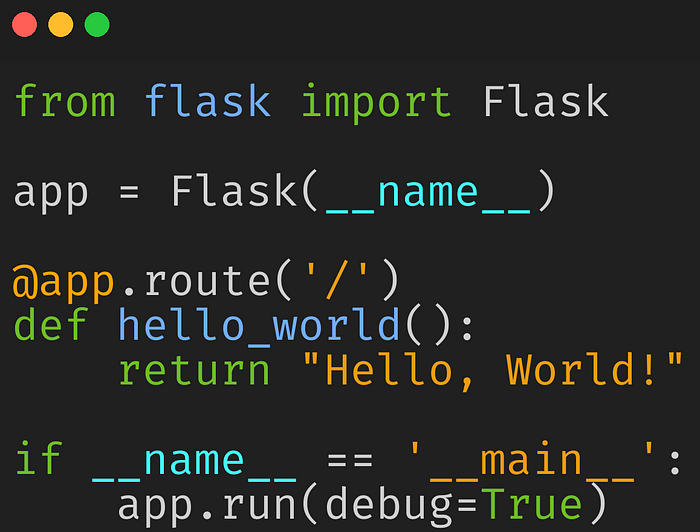
Member-only story
Building APIs with Flask: A Beginner’s Guide (And How to Not Pull Your Hair Out)
How to Build an API with Flask: A Beginner’s Guide (And How to Not Pull Your Hair Out)
Welcome to the wonderful world of APIs, where all coffee is turned into code and all code turns into functionality! Feel free to let your curiosity get the better of you and say, “My goodness, I want to make magic that links data to the rest of the world.” You are in exactly the right place. Today we’re diving into Flask — a microframework for Python that’s as light as it is powerful.
What’s an API, Anyway?
Before we get rolling, let’s clarify what an API means. An API is almost like that cool waiter at your favorite eatery. You’re the client who places an order — or rather, a request. The waiter, or API in this case, receives this order and then forwards it to the server, or kitchen, ultimately returning with your meal, or response.
With Flask, you get to be the master chef behind this operation. Let’s fire up our stoves and get cooking.
Step 1: Install Flask (No, It’s Not Pre-Installed)
First things first, make sure you’ve got Python installed. If you don’t, stop here, Google “install Python,” and come back when you’re done. Ready? Cool.
Now let’s install Flask. Open your terminal and type:

Done? Great! You’re officially one step closer to becoming an API wizard. Moving on.
Step 2: Hello, World! (The Developer’s Equivalent of Writing “Dear Diary”)
Let’s build our first Flask app. Create a file called app.py and add this little gem of code:

Here’s what’s happening:
- We import Flask and create an instance of it.
- We define a route-a URL path-using
@app.route('/')that points to a function.
